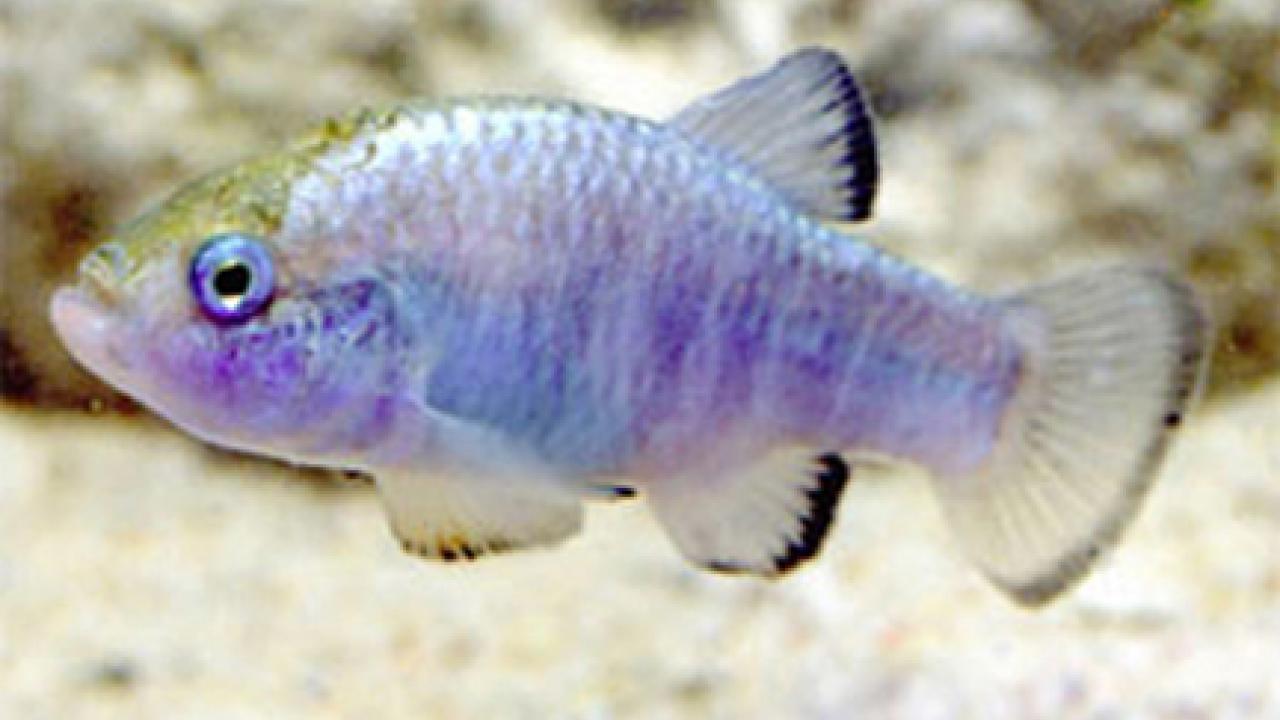The world of the Devil's Hole pupfish is a small place. The entire species lives in one rocky pool, about 65 feet long and 10 feet wide, in a cave entrance in Death Valley.
But their environment is not only cramped. It also has a profound effect on the fishes' appearance, raising questions about how rare species can be protected from extinction.
In 1976, the inch-long fish was at the center of a legal battle that reached the U.S. Supreme Court. Conservationists had established the fish in refuges elsewhere in case Devil's Hole became too dry. But the refuge-bred fish began to look different, with deeper bodies and smaller heads, although all the fish are pretty much the same genetically.
Environmental changes
Sean Lema, a graduate student at UC Davis, and Gabrielle Nevitt, professor of neurobiology, physiology and behavior, set out to see if environmental changes could affect how the fish looked.
In the lab, they reared a related but unthreatened species, the Amargosa pupfish, on a restricted diet and with slight changes in water temperature. The Amargosa pupfish began to look more like the wild Devils Hole pupfish.
"Restricting food availability and raising the temperature just a few degrees shifts morphology dramatically," Lema said.
The findings have implications for conserving species, Lema said. On one hand, the fish may be more adaptable to changing conditions than thought. But refuge-bred fish might well die if reintroduced directly to Devil's Hole in an attempt to rebuild the population. And if an animal's form is so intimately connected to its environment, is it still the same fish if it is not preserved in the same habitat?
"What is it that we try to preserve — just genetics, or the habitat that makes them unique?" Lema asked.
The work was supported by the National Science Foundation and is published in the Sept. 15 issue of the Journal of Experimental Biology.
Lema is now a researcher with the National Oceanic and Atmospheric Administration's Northwest Fisheries Science Center in Seattle and at the University of Washington.
Media Resources
Dave Jones, Dateline, 530-752-6556, dljones@ucdavis.edu
